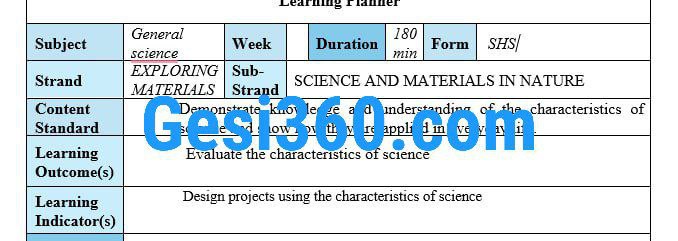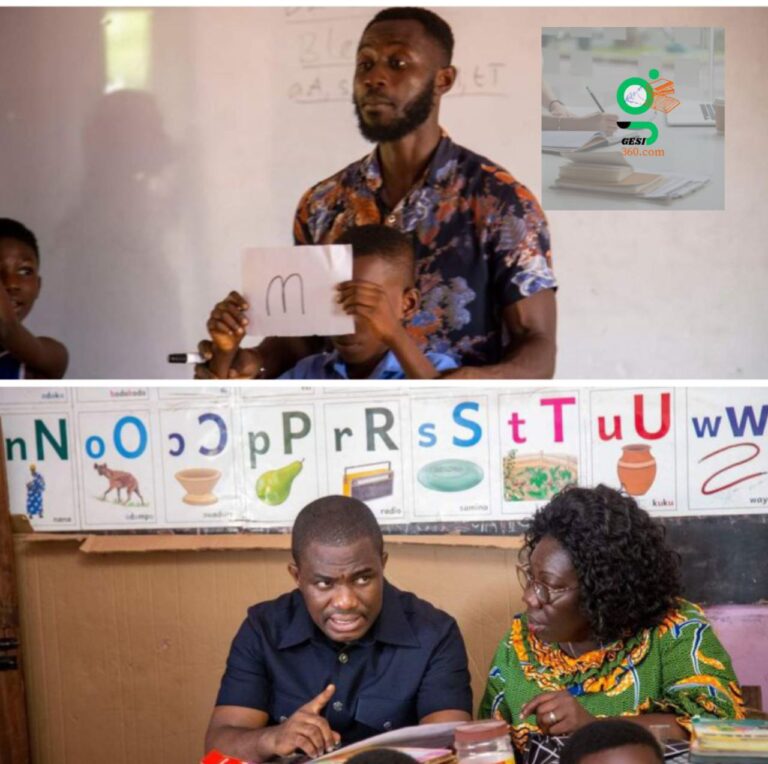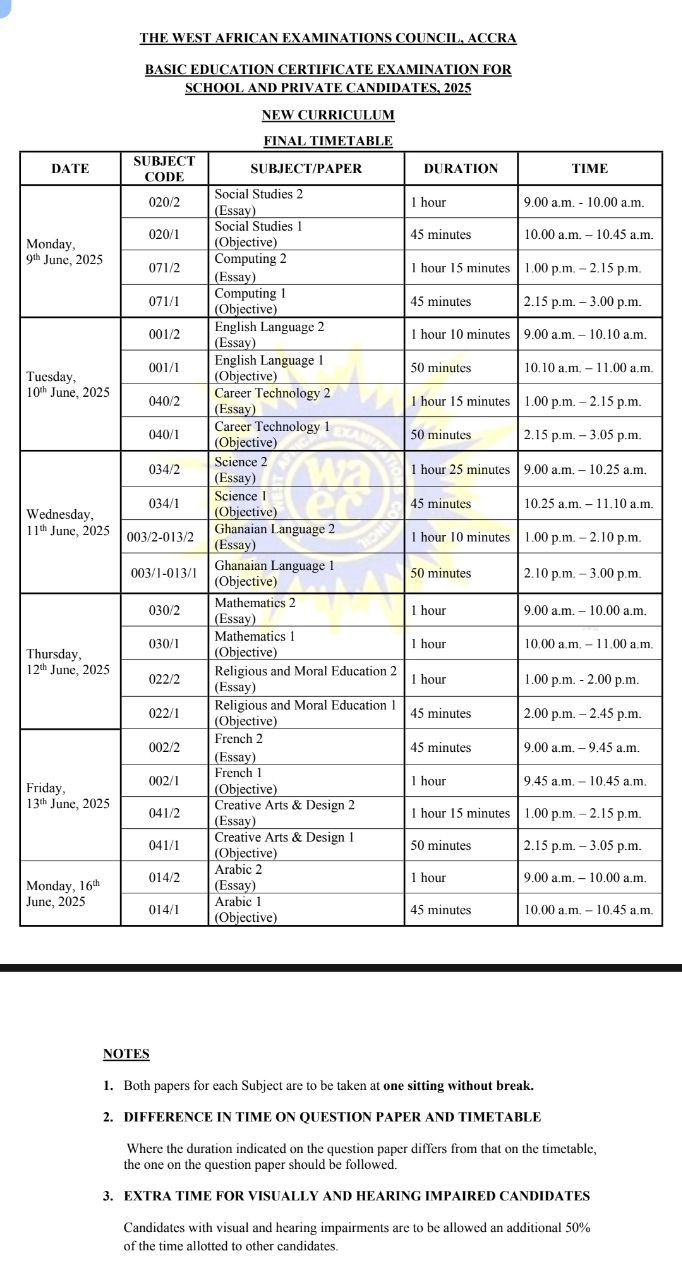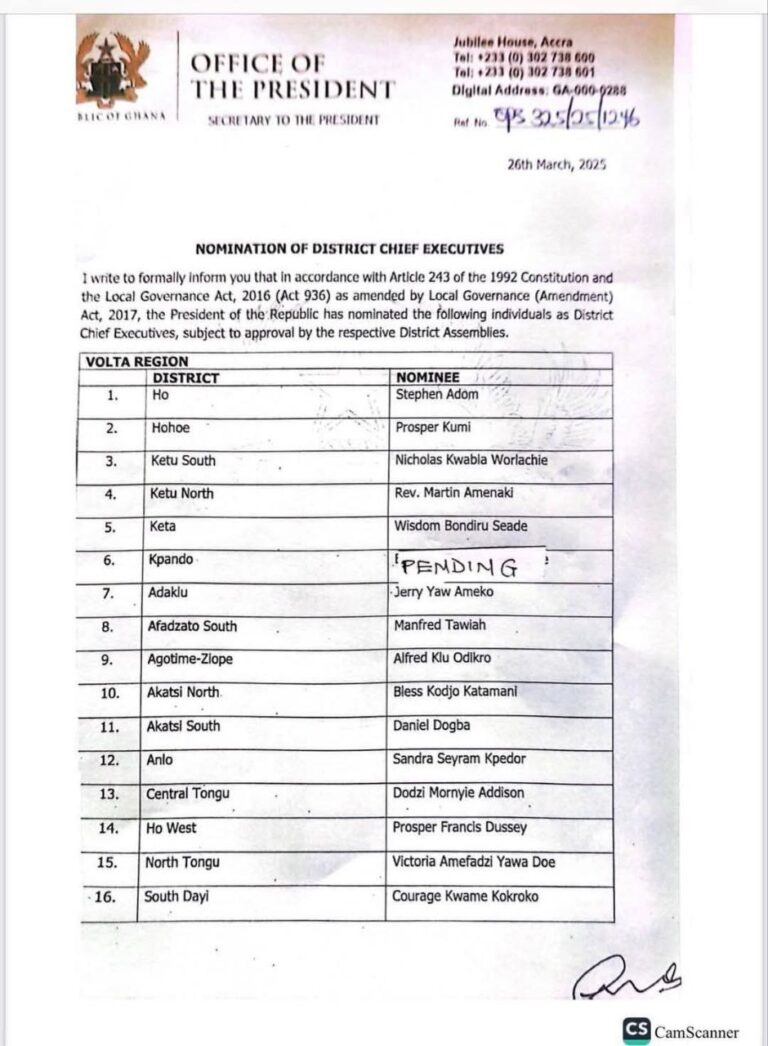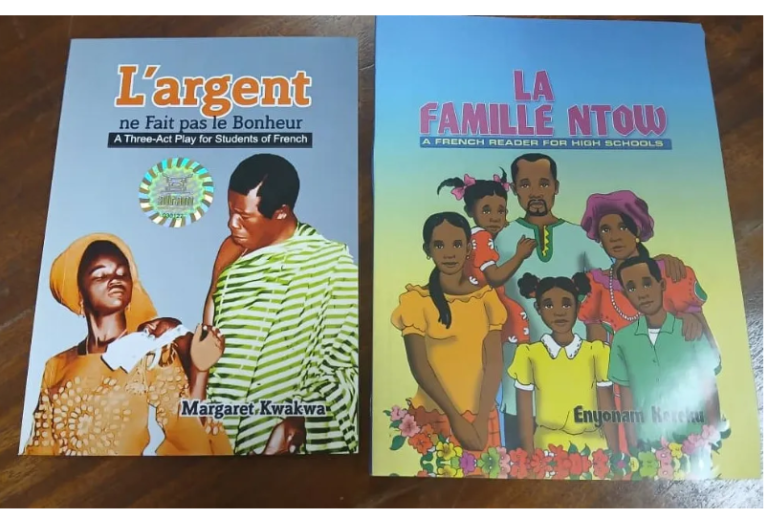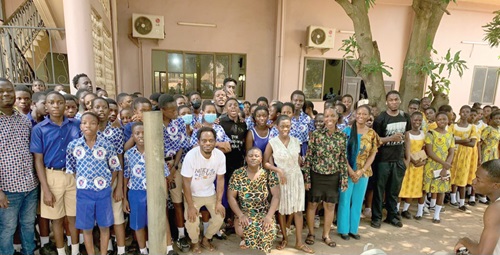Download SHS/SHTS/STEM Learning Planner Week 3 and 4 General Science It is called Learning Planner when you...
GESI Lesson Plans
Download SHS/SHTS/STEM Lesson Planner Week 1 and 2 General Science It is called Learning Planner when you...
Examples of Icebreakers You Can Use for Your Lesson Starters Getting Starters for your quick lesson plan...
How to Use differential Learning Technique ; As Observed by the DG According to the Director General...
How to Ensure School Activities Are GESI Responsive as Teachers and Heads As Teachers / Heads ensure...
How to ensure that the classroom is a safe learning space for all as a Teacher As...
How to deal with sexual maturation in a gender-responsive way as a Teacher The Teacher understands sexual...
How to Use GESI Responsive Planning as a Teacher The Teacher 1) ensures that girls and boys...
How to challenge traditional gender roles and other stereotypes as a Teacher in Class The Teacher; 1)...
How to Select and Use GESI Responsive TLMs/TLRs. The Teacher 1) reviews all textbooks, pictures, posters, materials,...

